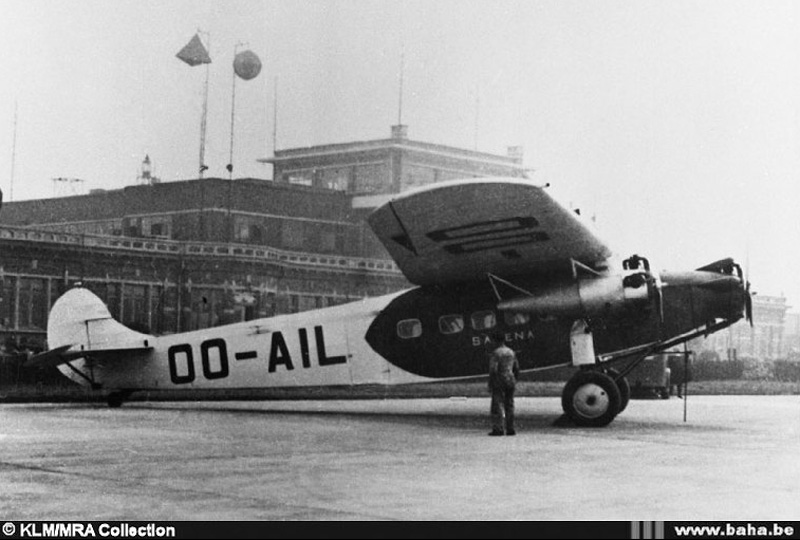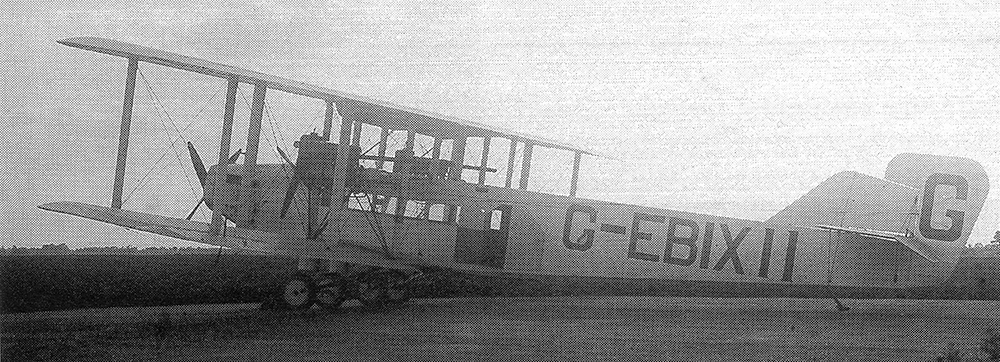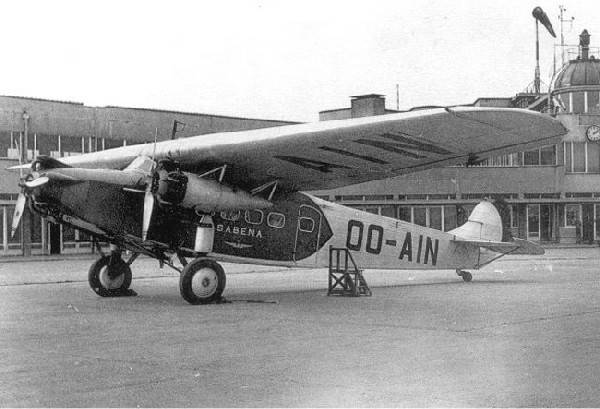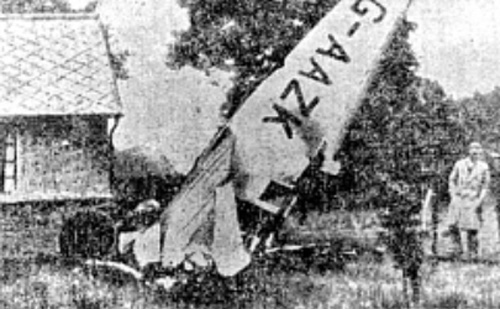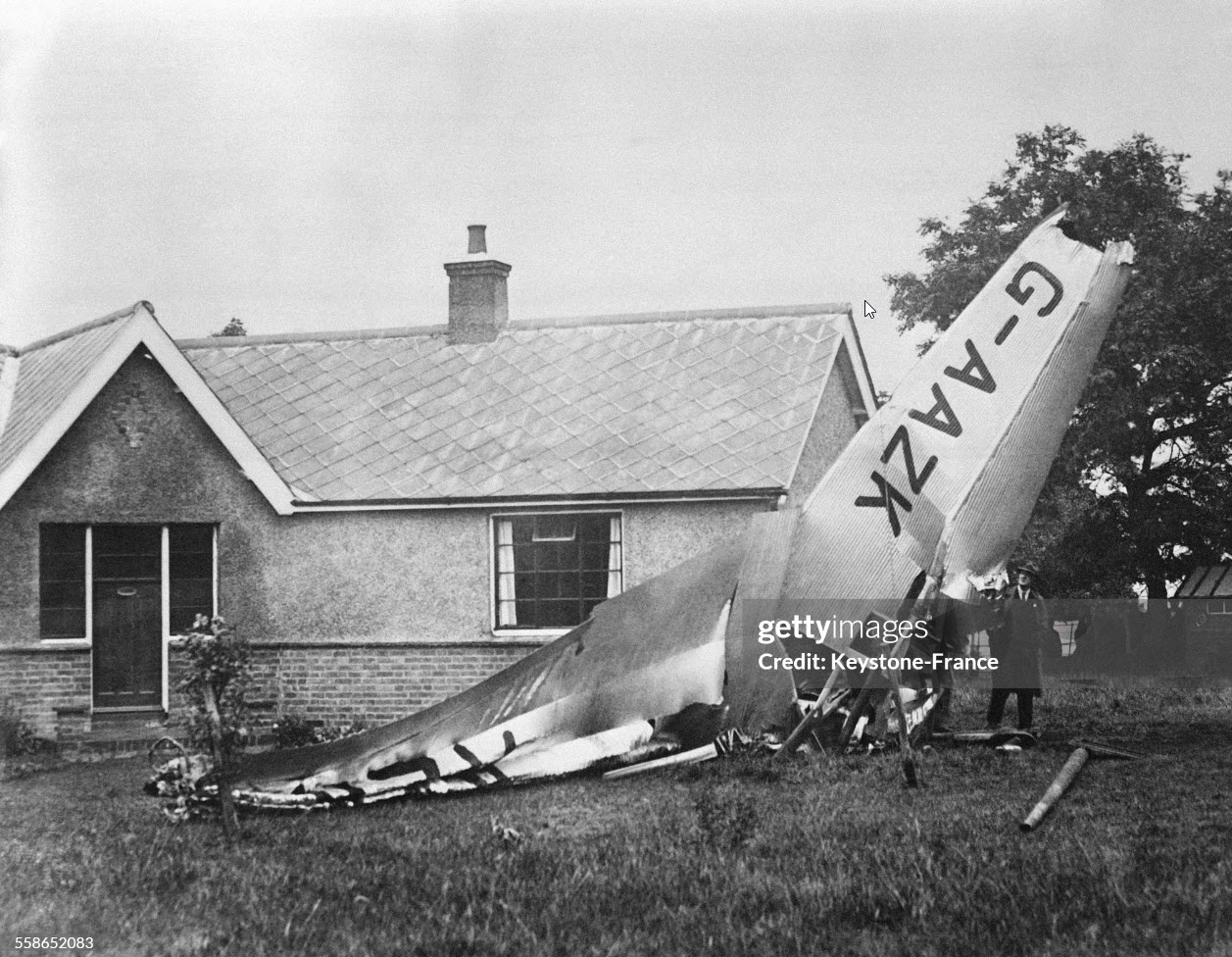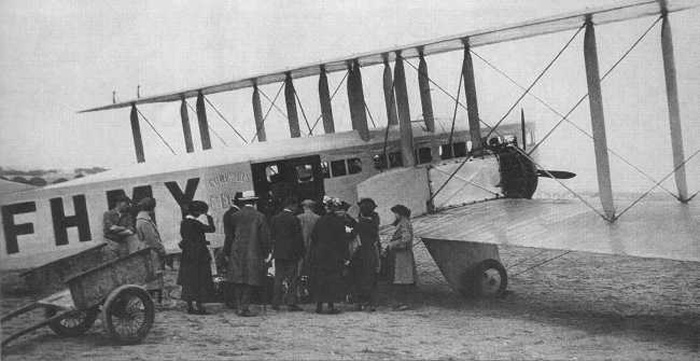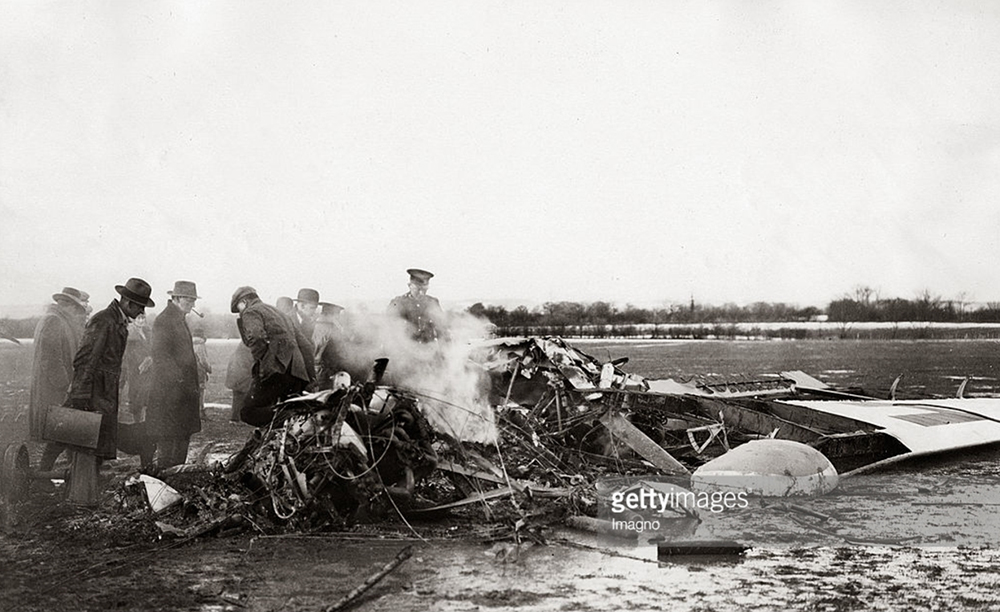Crash of a Sabca F7b/3m in Melle: 2 killed
Date & Time:
Jan 8, 1931 at 2345 LT
Registration:
OO-AIL
Survivors:
No
Schedule:
Brussels - Croydon
Crew on board:
2
Crew fatalities:
Pax on board:
0
Pax fatalities:
Other fatalities:
Total fatalities:
2
Circumstances:
The crew was performing a night mail flight from Brussels to Croydon and departed Brussels-Haren Airport at 2327LT. Some 15 minutes later, the crew encountered foggy conditions and decided to return to Brussels after he contacted his base. Apparently to maintain a visual contact with the ground, the pilot reduced his altitude when the right wing hit the ground. The aircraft crashed in a field and was destroyed. Both occupants were killed.
Crew:
Gabriel Dery, pilot,
Pierre De Ceuster, flight engineer.
Crew:
Gabriel Dery, pilot,
Pierre De Ceuster, flight engineer.
